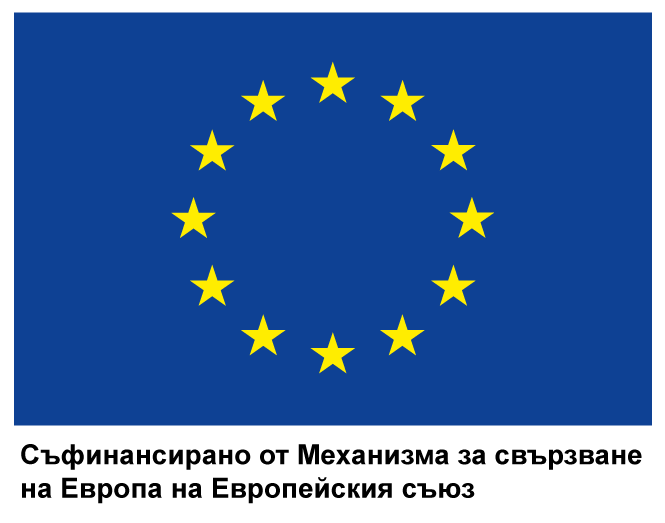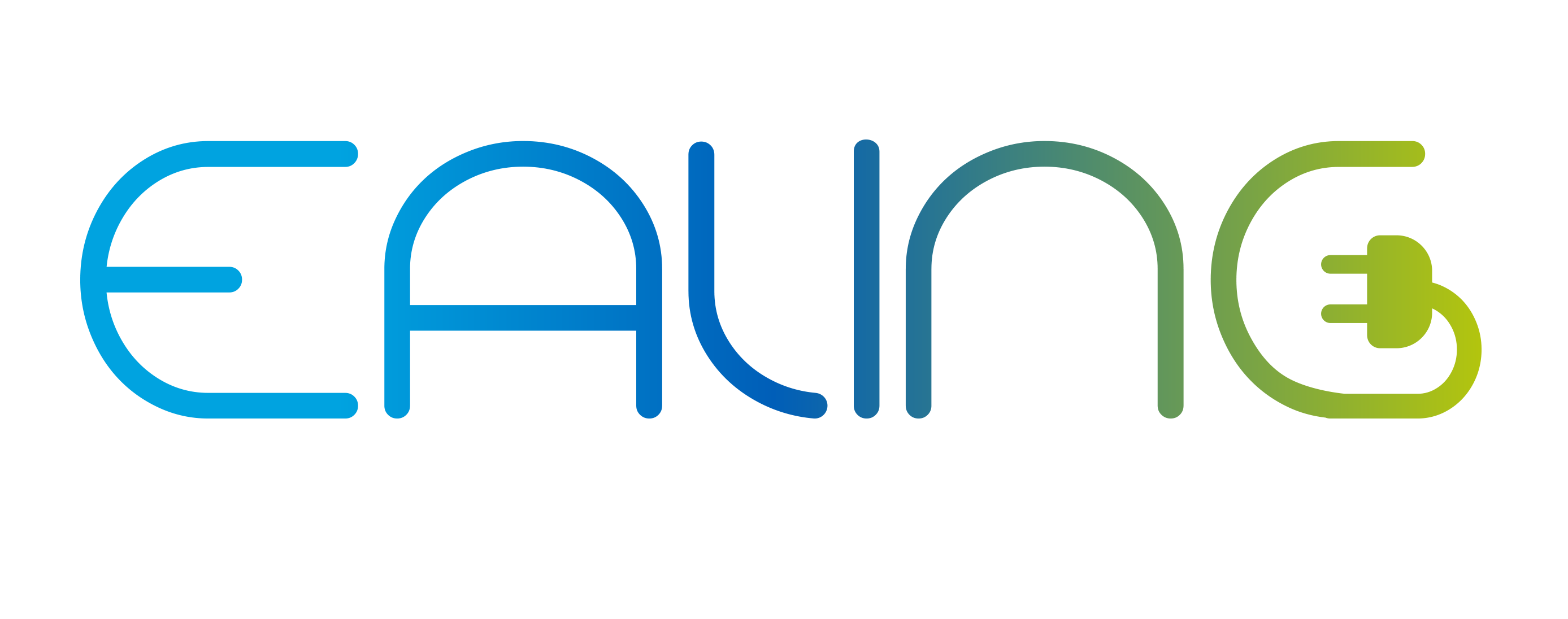Project № 2019-EU-TM-0234-S
„EALING - European flagship action for cold ironing in ports“
Total project cost: 6 960 240,00 EUR
Budget of Bulgarian Ports Infrastructure Company: 248 212,00 EUR
Start date: 01.06.2020
End date: 31.12.2023
Bulgarian Ports Infrastructure Company is part of an international consortium under the EALING project, co-financed by the Connecting Europe Facility of the European Union. In the context of the new European Green Deal aiming to prepare the transition to zero greenhouse gas emissions as transport represents 25% of the emission in the European Union, the electrification of the maritime transport is a key challenge to move towards a more competitive and sustainable TEN-T Maritime Network in the future. On-shore Power Supply (OPS) is considered as an attractive solution to reduce local pollution generated by vessels at berth in the EU ports.
The project includes preparation of studies related to port equipment, infrastructure, performance and safety in order to accelerate the development and implementation of electrification of the ports participating in the EALING consortium.
The project coordinator is Fundación De La Comunidad Valenciana Para La Investigación, Promoción Y Estudios Comerciales De Valenciaport (VALENCIAPORT)
The project involves 22 partners from Spain, Germany, Greece, Italy, Bulgaria, Romania, Slovenia, Ireland and Portugal. The ports involved in the project and aiming to carry out the studies for the future implementation of an On-shore Power Supply system and for the implementation of their investment plans are: Valencia, Barcelona, Huelva, Gijon, Venice, Ancona, Trieste and Monfalcone, Venice, Burgas, Constanta, Piraeus, Rafina, Varna, Koper, Leixoes, Portos dos Açores, Irish ports.
Project Activities:
Activity 1: Harmonised Framework for the electrification of the participating TEN-T maritime ports
The objective of Activity 1 is to implement a detailed analysis on the current status of the technical, legal and regulatory framework in the Member States concerned at a national level, and on the current status of the EU legislation as well as policy initiatives, standards and guidelines focusing on the implementation of OPS in EU ports, focusing on the ports participating in the consortium of the Action. It also aims to report with recommendations on how to bring forward and implement a harmonised framework boosting the development of OPS in ports of the TEN-T Network.
Activity 2: Maritime fleet adaptation
The first aim of Activity 2 is to study the maritime electrification standards across the ports of the consortium and the vessels operating in these ports. Activity 2 also will provide operational recommendations for a harmonised technical, legal and regulatory framework on maritime fleet adaptation for electrification.
Activity 3: Technical studies for the electrification infrastructure of the participating TEN-T maritime ports
The objective of Activity 3 is to lead the technical design studies for the electrification infrastructure necessary for the ports of the consortium. This includes the development of front-end engineering design (FEED) studies providing the engineering package as well as other necessary technical studies to be used for the tender preparation, needed to enable ports launching the works phase right after the end of the Action. FEED studies will include specifications for main primary and secondary equipment, cost estimation for procurement and erection of the future cold ironing and electric bunkering infrastructure, and technical design studies providing planning design, final specifications for equipment and infrastructure, and OPS works CAPEX.
Activity 4: Environmental studies
The objective of Activity 4 is to implement environmental studies, which scope will depend on the final needs of each port. The studies will take into account the provisions stated in the Strategic Environmental Assessment (SEA) Directive (2001/42/EC) and the Environmental Impact Assessment (EIA) Directive (2014/52/EU), contributing, if necessary, to obtain the permits on the projected works for the future OPS infrastructure in the ports of the consortium.
Activity 5: Clean power supply plans and tender documents
The first objective of Activity 5 is to elaborate or update the clean power supply plans of the ports of the consortium depending on the baseline identified for each port. OPS is a rather recent concept in ports functionality and should definitely be taken into account in the internal strategy of the ports. Each clean power supply plan will focus on integrating the new OPS functionality taking into consideration Port Authorities’ strategy on sustainability, expectations for future traffic growth and redefining the way the port users should operate. As a second aim of Activity 5, within an harmonised framework the tender documents will be prepared for all proposed investments concerning construction works that focus on electrification infrastructure developments, which will maximize the efficiency, effectiveness, safety and environmental compliance of the ports of the consortium and will serve more effectively potential electric vessels calling at the ports.
Activity 6: Cost-benefit analysis and Financial blending schemes
The first objective of Activity 6 is to perform a Cost-benefit analysis (CBA) in compliance with CEF and REGIO guidelines for each OPS project of the maritime ports involved in the EALING Action in order to assess the benefits and competiveness of the electrification solution as alternative source of energy, and to enable decision on implementation of OPS equipment and infrastructure in the ports of the consortium. The second objective is to design suitable investment schemes based on the specific features of the OPS investments proposed under Activities 1 to 5 so that the ports of the consortium could use the available and upcoming financial structures by taking advantage of specific mechanisms such as Public Private Partnerships (PPPs) or the future Energy Communities, and ultimately proceed to the Financial Investment Decisions.
Activity 7: Communication and dissemination
The objective of Activity 7 is to lead communication, cross-fertilisation and dissemination tasks on the implementation and results of the EALING study.
Activity 8: Management of the Action
The objective of Activity 8 is to implement the management tasks of the Action, which include adequate coordination among the partners, control procedures, quality management, risk management, monitoring mechanisms and publicity initiatives.
Project Manager: Boginya Dimitrova - Expert in Project Management Directorate, BPI Co., Tel.: + 359 2 807 99 94, email: b.dimitrova@bgports.bg.

